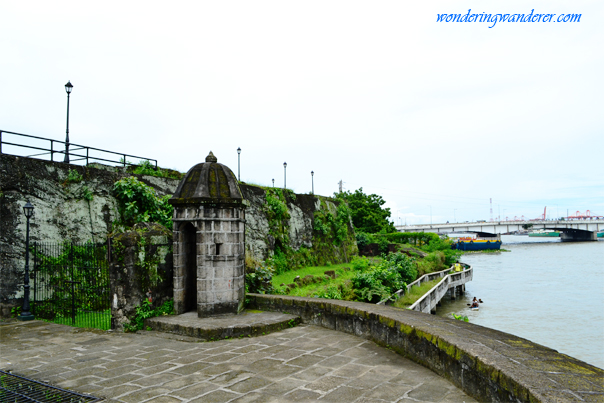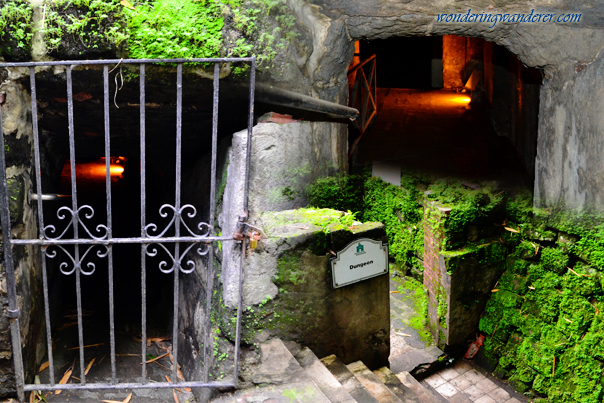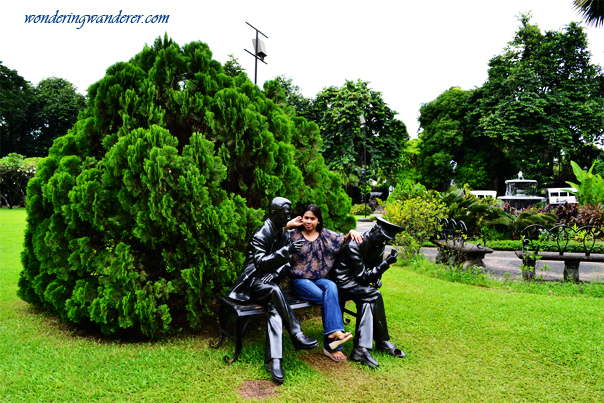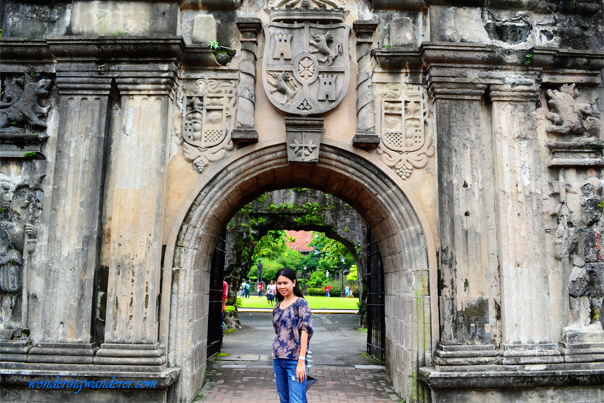Fort Santiago is a grand landmark in Intramuros, Manila that is rich in history and Renaissance art. Exploring every corner of this fortified complex lets you travel back in time to the Spanish colonial period. Its Spanish-era remnants and portrayals have further enhanced and preserved its wonderful vintage theme.


The Medieval-style dungeons, horse carriages and katipuneros in this heritage park will give you a good look and feel of what it’s like during the time of the Philippine revolution. If you’ve just recently watched historical movies like Heneral Luna and Goyo: Ang Batang Heneral, a tour here will give you a greater experience of what you’ve just seen in the cinemas.

History of Fort Santiago
Fort Santiago was constructed in the 16th century under the leadership of the Spanish conqueror Miguel López de Legazpi as a defense fortress. It was later upgraded using the volcanic tuff from Guadalupe under Governor Gomez Perez Dasmarinas in 1590-1593. The construction site is in the place of the wooden palisade of Raja Matanda.


Intramuros was the name they gave to the walled street of Manila because its a Latin word which means within the walls. Fort Santiago is just one of its sections. The Philippine’s national hero Dr. José Rizal was imprisoned here before he was executed on December 30, 1896. Its dungeon was later discovered to have 600 dead bodies. These were actually the victims of the Japanese imperial forces during World War II.

Exploring Fort Santiago
We went here at around nine o’clock in the morning. As history fans, seeing the horse carriages and the old Spanish-style buildings around it was a delight for us. The security guards were dressed up like they are katipuneros so my wife can’t help but have a picture with one of them.


Inside the fort is a wide and serene park that has a rich variety of lush green plants and trees. Classic style lamp posts and metallic statues further enhanced the park’s aesthetics. An elegant fountain wonderfully marks the center of the park. It looks like an oasis because of the charming palm trees surrounding it.

National Hero Tribute
After seeing the statues of Manuel Quezon and Douglas MacArthur, we came across the statue of Dr. José Rizal. As a national hero, he was highly regarded in this fort because even the steps that he took before getting executed have bronze markers. The bronze steps start from the prison cell up to the point where he faced the firing squad.


On top of that, a Rizal Shrine Museum was also constructed so that the visitors would learn more about Dr. José Rizal’s works and efforts to fight for Philippine independence. The museum contains the novels that he had written, along with the paintings and other objects during his lifetime.

Fortified Gate and Walls
After a long walk inside the fort complex, we finally reached its large gate. Its facade has the artistically carved Spanish coat of arms which is a signature on most of their forts. The craftsman’s attention to details on the different parts and angles of its bas-relief is quite remarkable.

The side of the entrance has five layers of large bricks. A wall this thick will be able to withstand large cannon attacks. There are stairs where you can walk on top of the walls and experience how the soldiers of its past were able to get a wide view of the surrounding area and spot an enemy from afar.

Beyond its purpose of protecting territory, this phenomenal post-medieval structure is truly a monumental masterpiece.
Opening Hours:
Tuesday to Sunday: 8:00 AM – 5:00 PM
Monday: 1:00 – 5:00 PM
Entrance Fee: P100.00

2 thoughts on “Fort Santiago – Intramuros, Manila “A National Shrine””